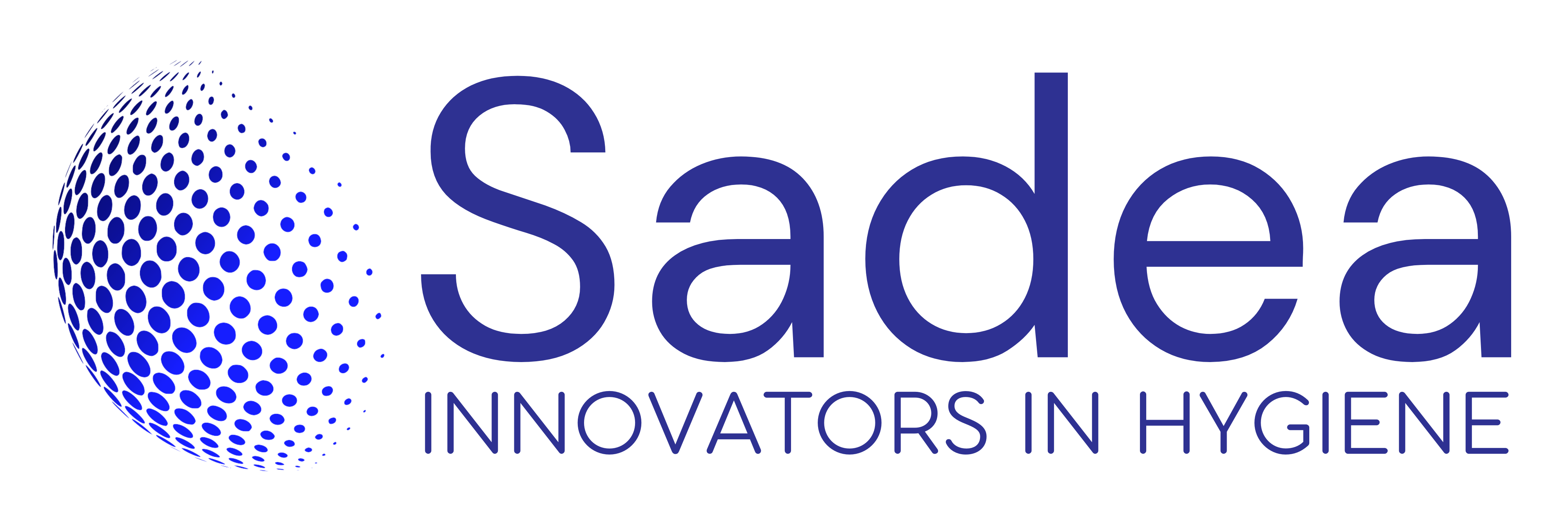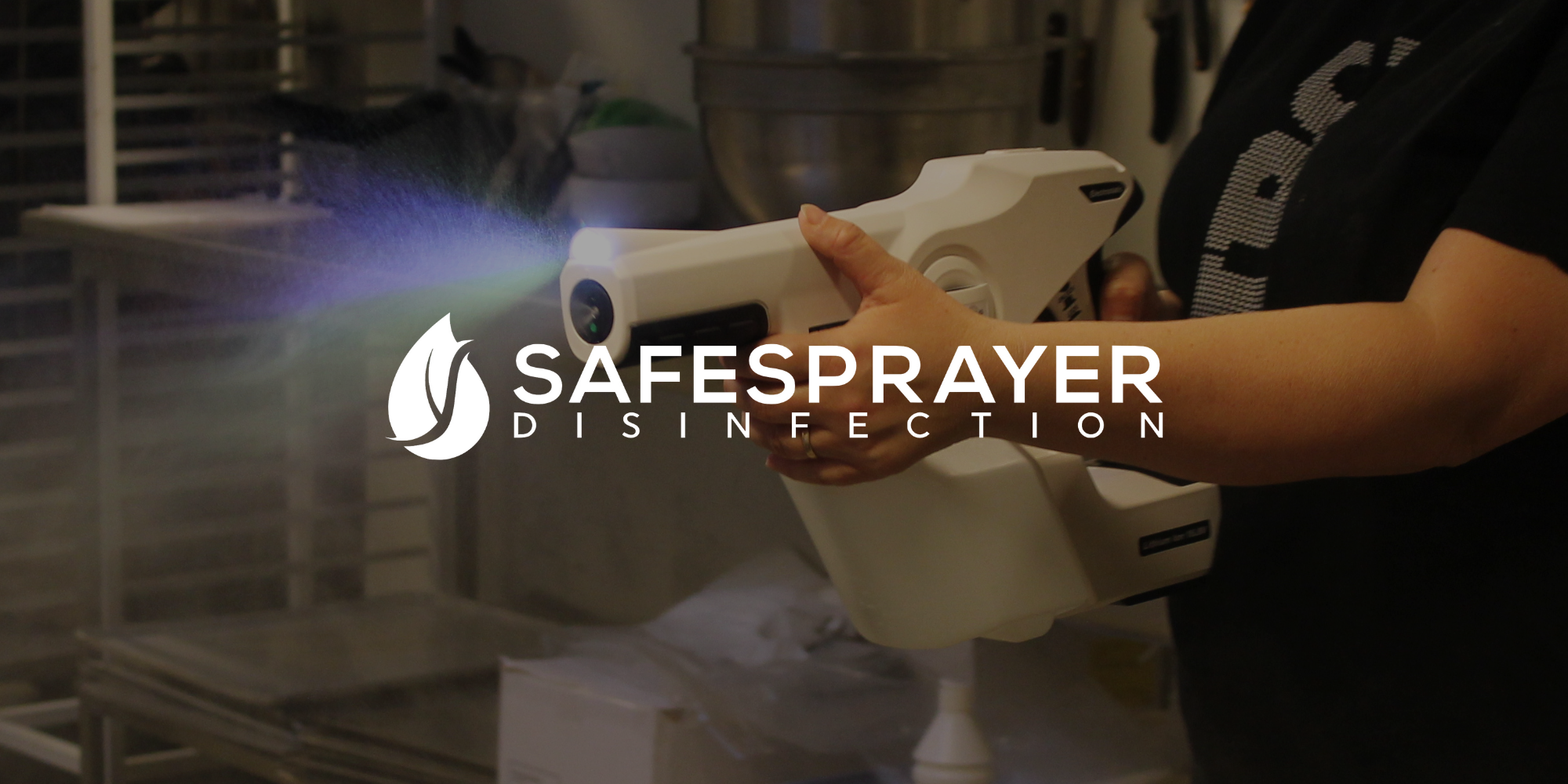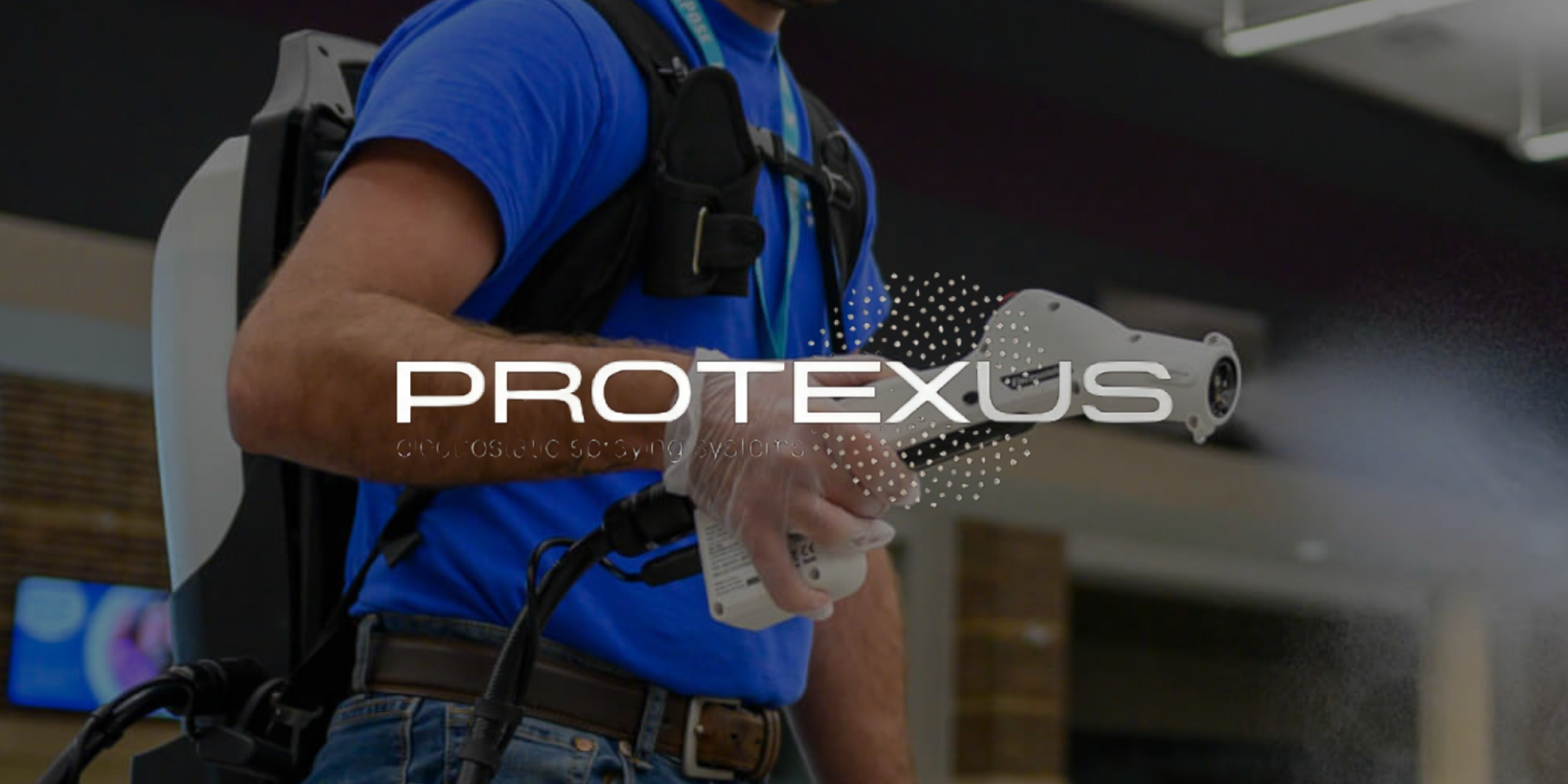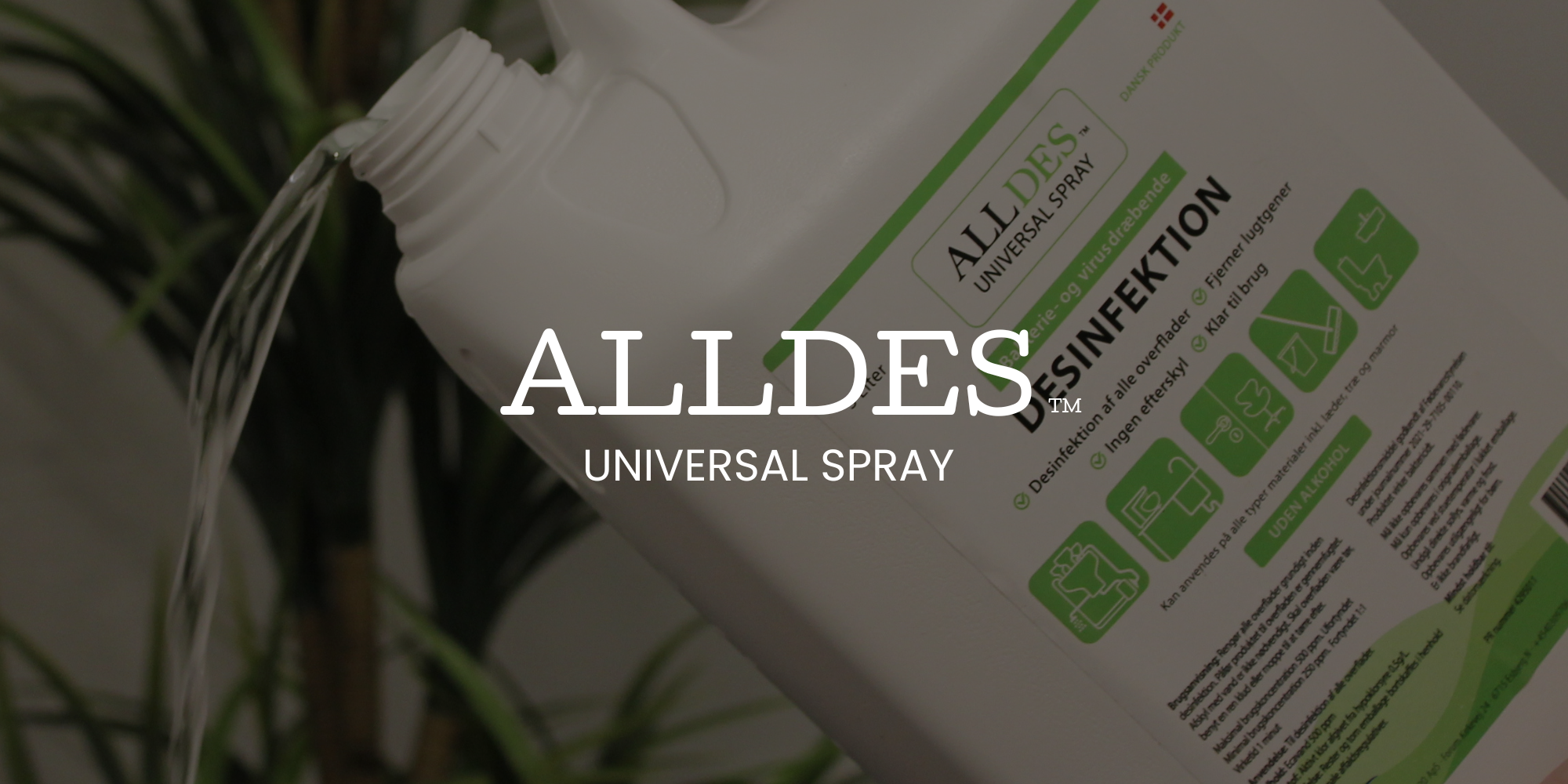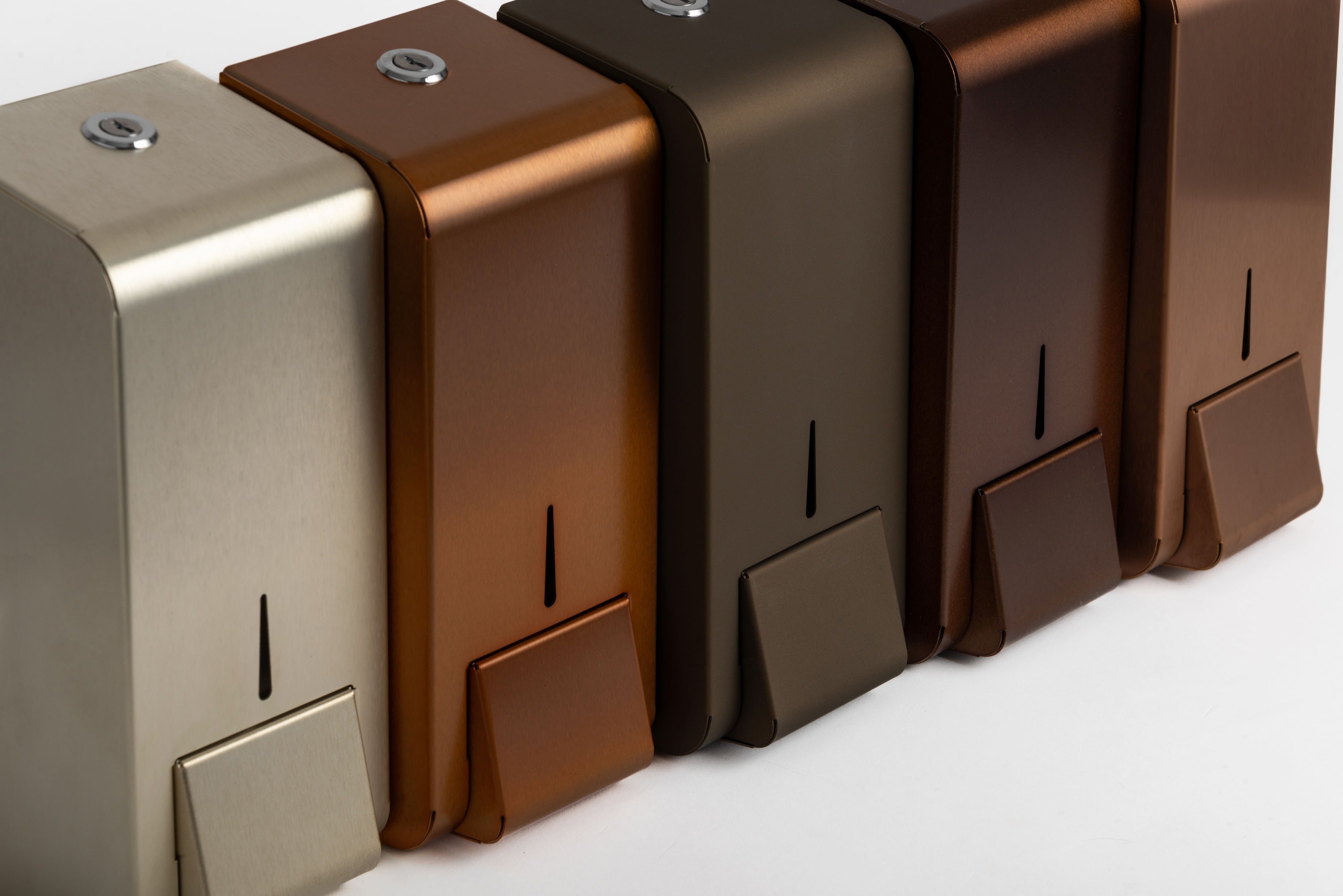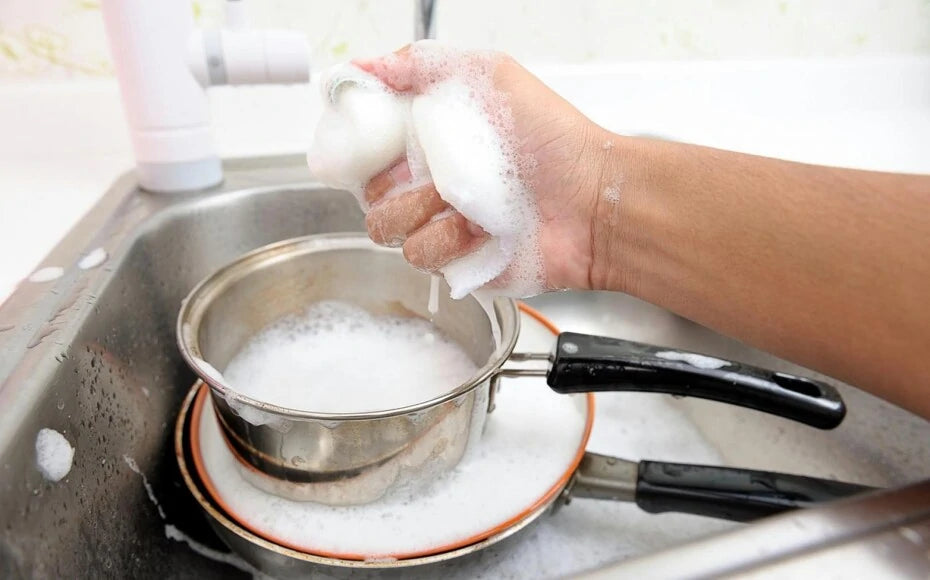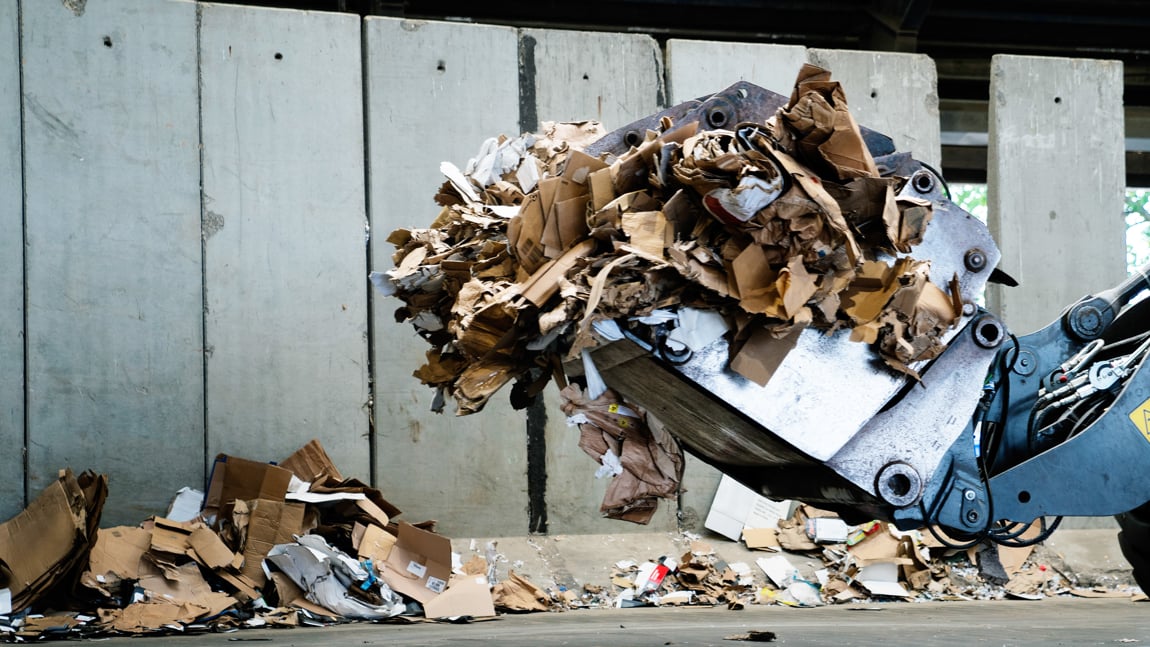Here you can read more about how hygiene and disinfection in slaughterhouses is carried out, what should be done and how you can ensure that your disinfection complies with the authorities' guidelines.
The maintenance of a clean production
In slaughterhouses, cleaning and especially disinfection are important to maintain a healthy and clean production that meets the authorities' many instructions. The company must clean and disinfect so often that hygiene is sound and that the food is not contaminated. To ensure this, companies should prepare a plan for routine cleaning. Among other things, requirements for what the company must use, where they must clean, how often cleaning must be done and how the process must be carried out.
Tools and equipment
"All tools, surfaces and all equipment and accessories that come into contact with food must be kept properly clean/clean and, if necessary, disinfected with such frequency that the risk of contamination is avoided." - writes the Danish Veterinary and Food Administration about cleaning and disinfection in a slaughterhouse. Normally, cleaning and disinfection must take place as two separate work steps, both of which are finished with thorough rinsing with water, unless the disinfectant is approved with a "No-rinse claim".
Hand hygiene and personal protective equipment
Make sure everyone washes and disinfects hands carefully before eating and smoking, after using the toilet and at nightfall. Use effective personal protective equipment such as gloves, mask, coveralls and apron if the problems cannot be solved in any other way. Make sure all employees know how to use the personal protective equipment so that it works as intended.
The purposes of cleaning and disinfection
- Combating bacteria and viruses
- Minimization of the risk of contamination
- Reduced risk of infection when handling animals
infection risk
There is a risk of becoming infected with bacteria when you handle, for example, animal carcasses, poultry, shellfish or fish. This is due to the microorganisms that are on and in the animals, such as staphylococci and intestinal bacteria. To combat these microorganisms, it is recommended that the company has a strong focus on cleaning and disinfection, and that they follow the aforementioned guidelines – for the benefit of both staff and customers.
Resetting of the slaughterhouse
Since viruses and bacteria are extremely contagious – a few virus particles can trigger disease – and extremely resistant to environmental influences, food companies must eliminate and effectively control any sources of infection, and make sure to "reset" the slaughterhouse frequently. A reset is a complete review of cleaning and disinfection tasks to ensure that the environment is bacteria and virus free. As the word implies, you thereby reset the workplace and eliminate all bacteria and viruses at the same time, and prepare the kitchen and the slaughterhouse for clean and healthy production. In this process, self-control is important, and that the disinfection is often checked and assessed on your own, so as to ensure a clean environment.
What means are recommended?
The company must use suitable cleaning agents, and the disinfectants must be approved by the Danish Veterinary and Food Administration. The supervisory authority can at any time prohibit the use of specific cleaning or disinfecting agents if it causes health concerns or can contaminate the food. In addition, there are requirements for labeling and storage of these agents.
